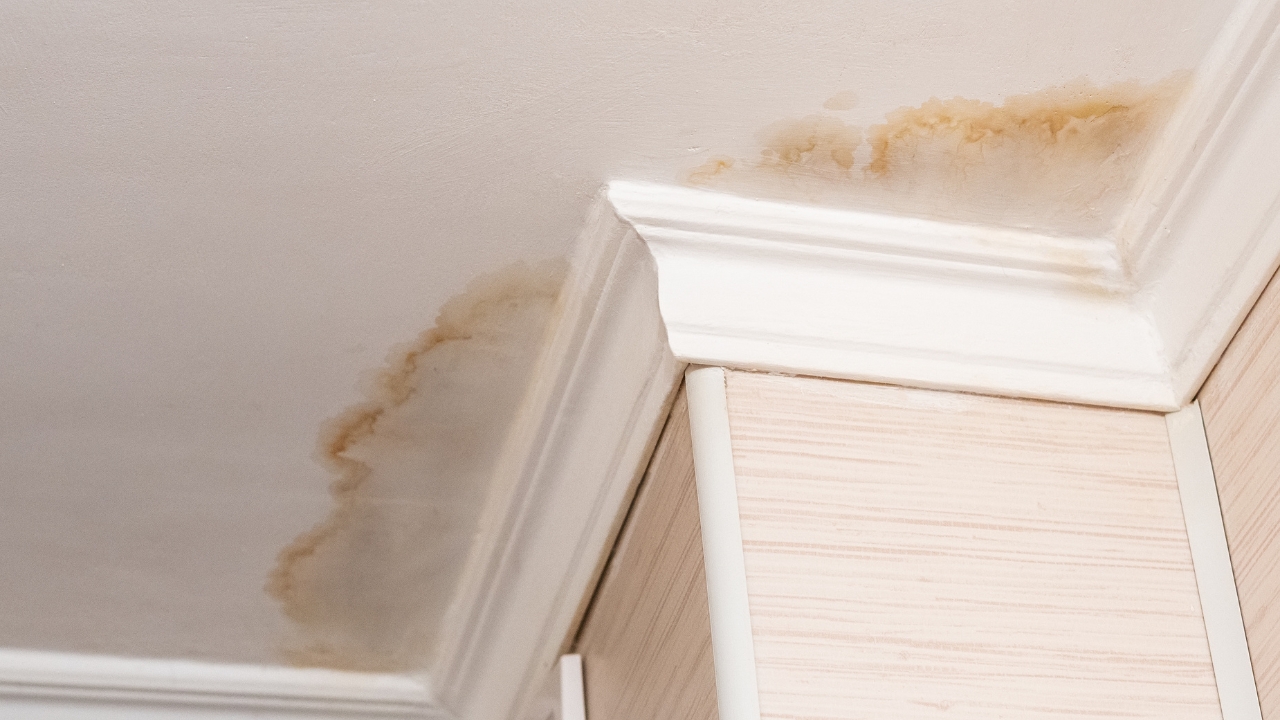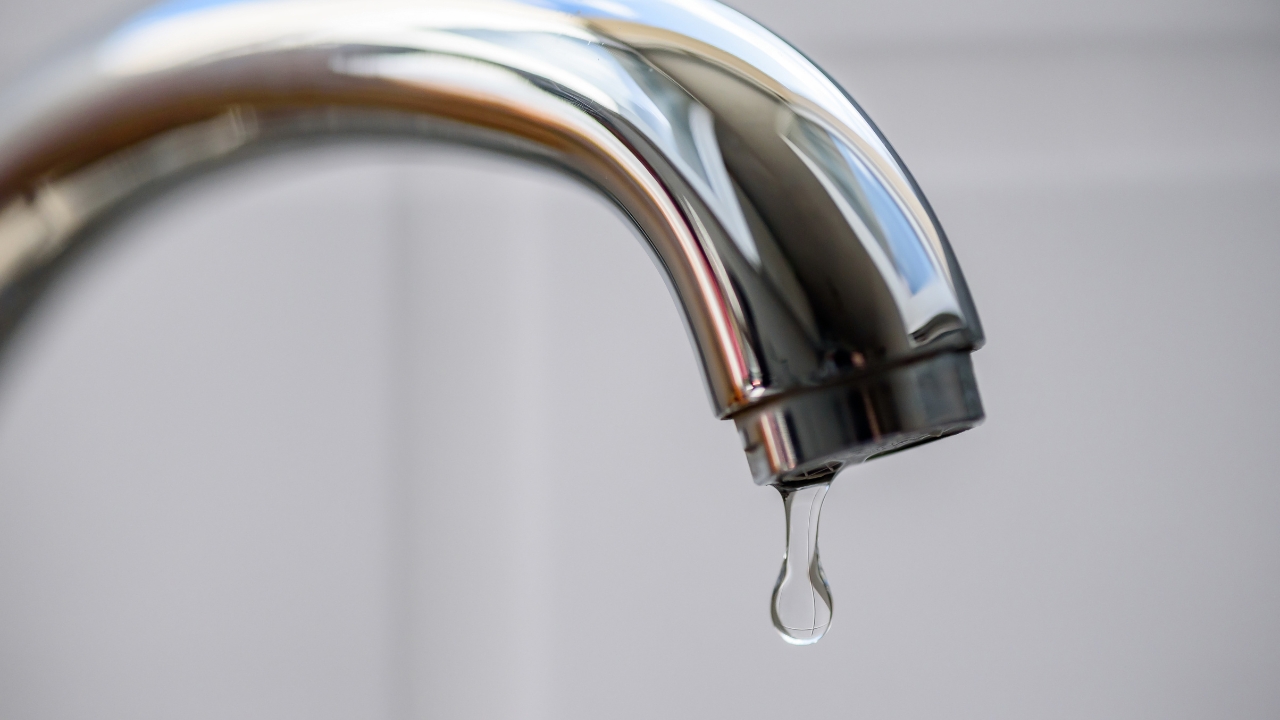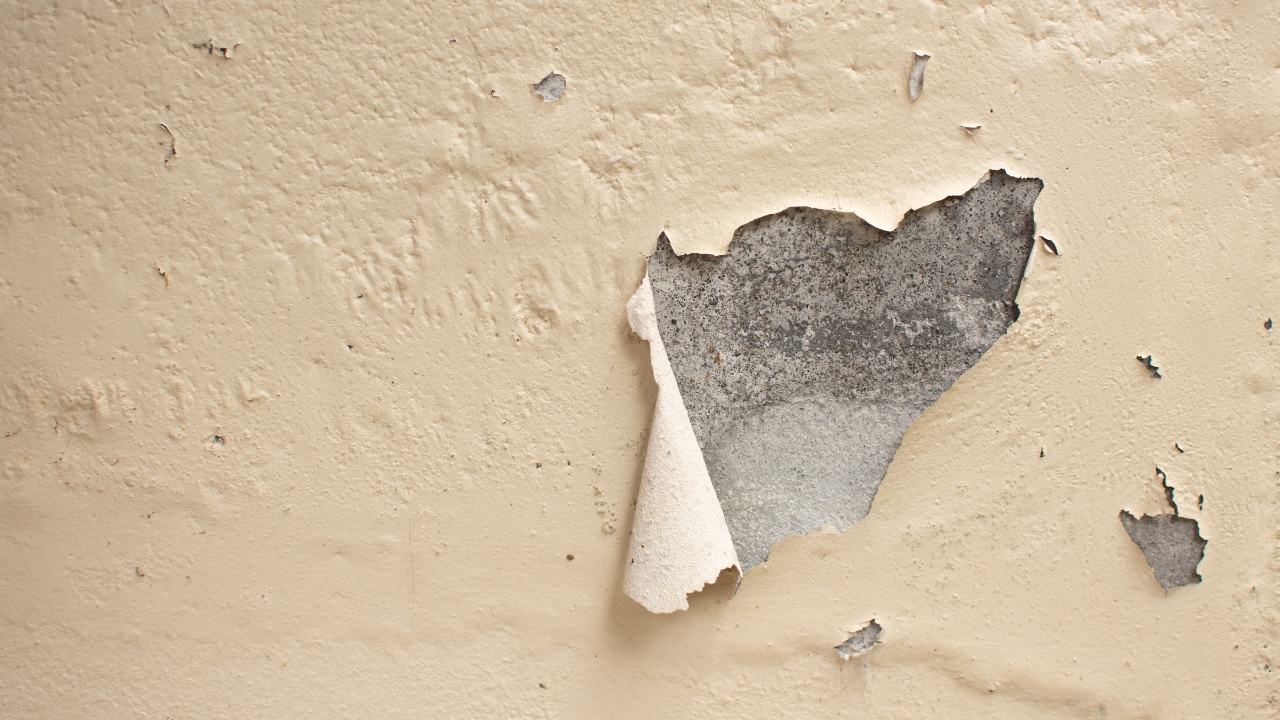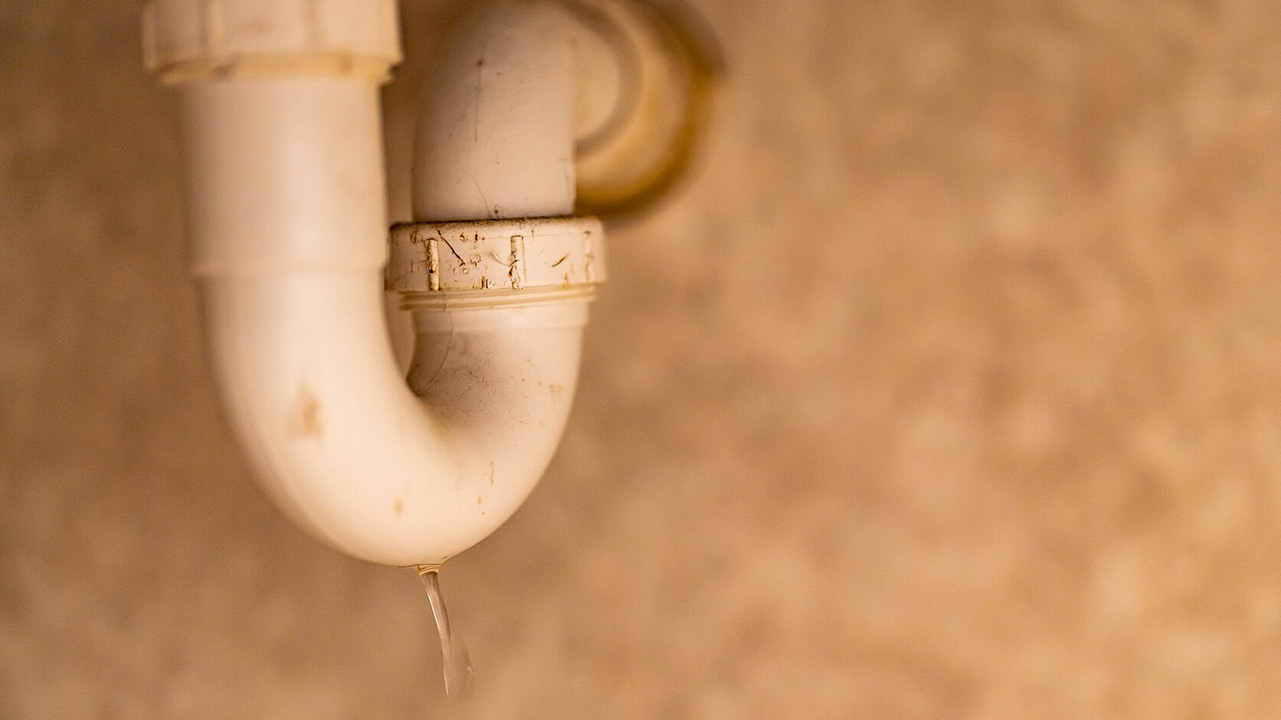12 signs a leak is hiding somewhere in your house
Leaks don’t always show up as obvious puddles. More often, they hide behind walls, under floors, or in the ceiling until damage is already done. The trick is spotting the early warning signs before you’re dealing with major repairs. Here are the most common clues a leak is quietly causing trouble in your house.
Musty Smells

A lingering musty odor is one of the first signs of hidden water. Moisture trapped behind walls or under flooring creates mildew and mold.
If cleaning doesn’t get rid of the smell, it’s worth checking for leaks nearby. Water may be sitting where you can’t see it.
Stains on Ceilings or Walls

Brown or yellow spots often point to a leak above. Even small stains suggest water has seeped through building materials.
Ignoring these signs lets the damage spread. A quick inspection in the attic or behind the wall can confirm the source.
Warped Flooring

Wood or laminate that starts to buckle or lift usually means water has seeped underneath. Carpets may also feel damp or spongy.
These changes don’t happen overnight—they’re a slow indicator that a leak is present. Addressing it early saves flooring from total replacement.
Higher Water Bills

If your usage hasn’t changed but your bill keeps climbing, water is likely escaping somewhere.
Tracking meter readings can help confirm if there’s a hidden leak even when you don’t see evidence inside.
Low Water Pressure

Sudden drops in pressure often point to a leak in the supply line. Water escaping before it reaches the faucet reduces flow.
If pressure dips in one fixture, it may be local. If it’s throughout the house, a bigger leak is likely in play.
Mold Growth

Visible mold on walls, ceilings, or baseboards usually signals moisture inside. Mold needs water to thrive, so its presence almost always means a leak is nearby.
Scrubbing the surface won’t solve the problem—the source of water has to be fixed to stop it from coming back.
Peeling Paint or Wallpaper

When walls hold hidden moisture, finishes can’t stick. Paint starts bubbling or peeling, and wallpaper loosens at the edges.
These changes usually appear gradually, giving you time to catch the leak before major damage sets in.
Noisy Pipes

Hissing, gurgling, or dripping sounds in walls or under floors suggest water movement where it shouldn’t be.
Pipes should be mostly silent. Any strange noise could mean a crack, loose joint, or leak somewhere in the system.
Foundation Cracks

Water that leaks and settles near your foundation eventually causes cracks. These small fractures may start as cosmetic but grow into structural issues.
Spotting them early and checking for leaks nearby can prevent expensive repairs later.
Wet Spots in Yard

Soggy or sunken spots in the yard often point to underground leaks in sprinkler systems or main lines.
Consistently wet patches—especially during dry weather—are a clear warning sign to investigate further.
Rust or Corrosion on Pipes

When pipes stay damp from leaks, rust forms. Corrosion around joints or valves usually signals a slow but steady drip.
Catching it before the pipe fails entirely can prevent a full-blown water disaster.
Sounds of Running Water

If you hear water moving when nothing’s on, that’s a giveaway. It means water is flowing somewhere out of sight.
Checking the meter can confirm if water is running when every faucet and appliance is off. It’s one of the clearest signs of a hidden leak.
*This article was developed with AI-powered tools and has been carefully reviewed by our editors.







